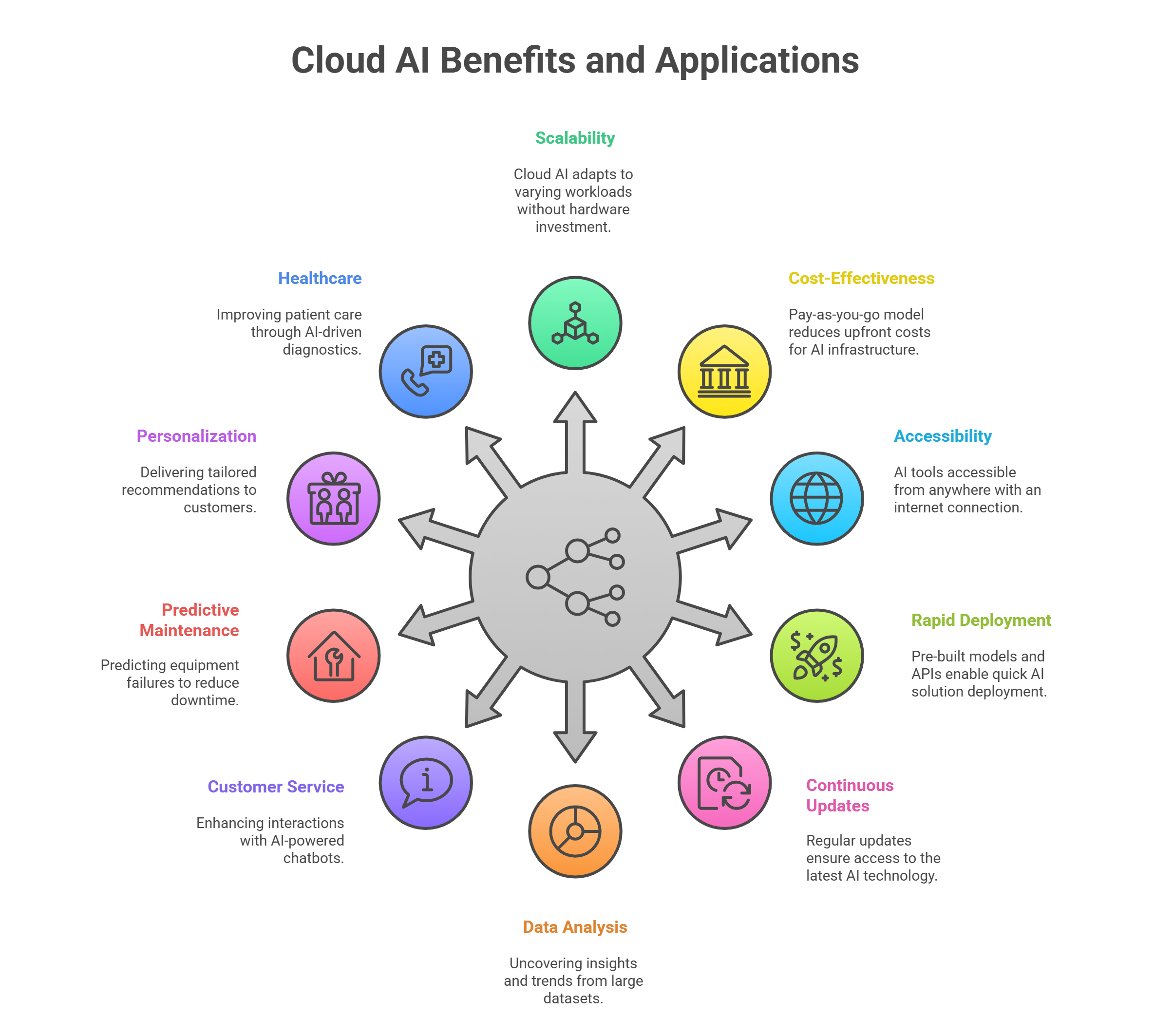The Hyperscale Race: Analyzing Global Cloud AI Market Share

The global market for cloud-based artificial intelligence is a classic example of a hyper-concentrated industry, with a small number of dominant players controlling the vast majority of the Cloud AI Market Share. As the total market accelerates towards its projected USD 4,979.34 billion valuation by 2035, growing at a phenomenal CAGR of 36.02%, the battle for supremacy among these tech titans is one of the most important stories in the global economy. Market share in this space is a measure of control over the fundamental platforms where the next generation of intelligent applications will be built. The competition is a high-stakes race defined by massive infrastructure investment, rapid innovation in AI services, and the cultivation of powerful developer ecosystems.
The market is overwhelmingly dominated by the three major Western hyperscale cloud providers: Amazon Web Services (AWS), Microsoft Azure, and Google Cloud Platform (GCP). AWS, as the first mover and overall cloud market leader, holds a strong position with its broad portfolio of AI services and its massive, entrenched customer base. Microsoft Azure has made huge strides, leveraging its strong enterprise relationships and its deep strategic partnership with OpenAI (the creator of ChatGPT) to become a formidable competitor, particularly in the area of generative AI. Google, with its deep historical roots in AI research (from Google Brain and DeepMind) and its development of specialized AI hardware like Tensor Processing Units (TPus), competes on the technical sophistication and performance of its AI offerings.
The primary competitive advantage for these hyperscalers is the sheer scale of their operations and the breadth of their integrated platforms. They operate a global network of dozens of data centers, allowing them to serve customers anywhere in the world with low latency. Their AI services are not standalone products but are deeply integrated with their vast portfolio of other cloud services, from databases and storage to analytics and IoT. This creates a powerful "one-stop-shop" effect, where it is often easiest for a customer already using a provider's other services to also use their AI tools. This integration creates a high degree of "stickiness," making it difficult for customers to switch providers and solidifying the market share of the incumbents.
While the big three dominate, the competitive landscape is not entirely without other players. In China, companies like Alibaba Cloud and Tencent Cloud have a commanding market share within their domestic market, operating a parallel ecosystem. Additionally, a number of specialized companies and well-funded startups are competing by focusing on specific niches. Some offer platforms tailored to the needs of a particular industry, like life sciences. Others focus on providing "best-of-breed" tools for a specific part of the machine learning workflow, such as data labeling or model monitoring. While these smaller players may not challenge the overall market share of the hyperscalers, they are a vital source of innovation and are often attractive acquisition targets.
Explore Our Latest Trending Reports:
- Sports
- Art
- Causes
- Crafts
- Dance
- Drinks
- Film
- Fitness
- Food
- Oyunlar
- Gardening
- Health
- Home
- Literature
- Music
- Networking
- Other
- Party
- Shopping
- Theater
- Wellness


